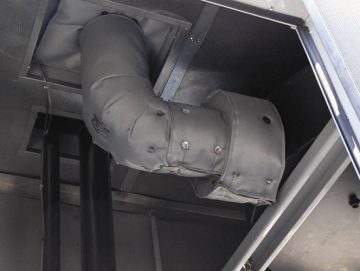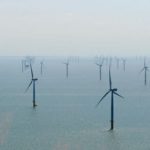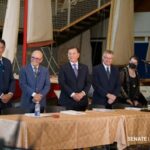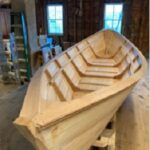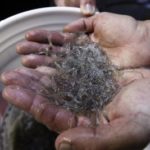Category Archives: Fishing Vessel Engineering
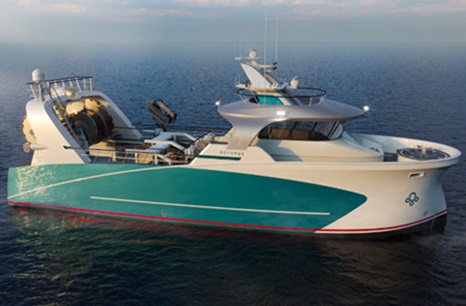
The Fishing Vessel of the Future
Project Octopus, the brainchild of Walter van Harberden, naval architect and one of the directors of Padmos, is more than just a fishing vessel. It is a vessel powered by a diesel-electric engine but could be entirely electric or powered by another energy source in the future. This could be possible thanks to its ‘modular’ structure. In concrete terms, the boat will have a basic hull with removable containers in which batteries or hydrogen can be stored. This principle of modularity will also enable the vessel to be versatile, so that it can be used for purposes other than fishing. ‘When the fishing season is over, we can replace the containers for storing fish with containers for other types of equipment,’ explains Walter van Harberden. Like a real octopus, the vessel will have several strings to its bow. It can be adapted to different fishing techniques: fly-shooter, single trawl or twin rig trawl. Photos, more, >>click to read<<
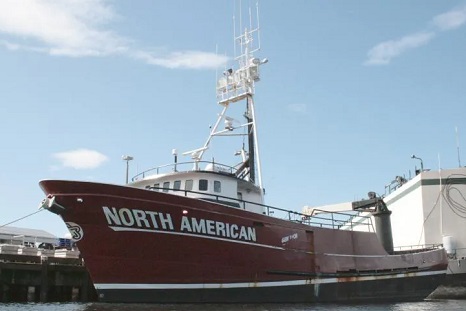
Reducing Fuel Consumption – Crab Boat Catches Huge Fuel Savings
Commercial fishing boats burn hundreds of gallons of fuel simply travelling from home port to destination, then back again. In the case of the F/V North American, a 35-yr old crab boat based in Seattle, running the engine 1025 rpm consumes 42 gal of fuel per hour. Adding substantially to total fuel consumption while in transit is an auxiliary generator, which provides electrical power for lights, accommodations, and other functions. Sten Skaar, captain of the North American, revealed that he now uses a FloScan fuel flow meter to monitor instantaneous fuel consumption of the boat. Instead of a stand-alone generator, the North American uses the Gen-Tech system,,, photos, video>click to read< 10:07
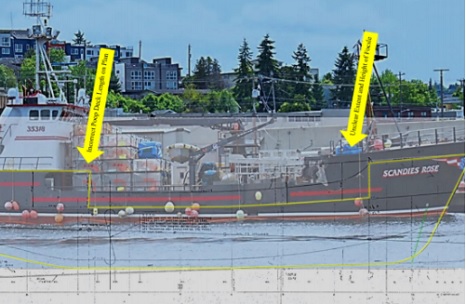
F/V Scandies Rose: Inaccurate Design Calculations May Have Put Scandies Rose in Harm’s Way
According to the Marine Safety Center, the hydrostatics model that the naval architect provided for the vessel “did not accurately represent the F/V Scandies Rose,” for multiple reasons. MSC alleged that it did not accurately model poop deck or forecastle enclosed volume, did not model the bulwarks, had significantly less superstructure windage than the actual vessel, appeared to have much different tank capacities than the vessel capacity plan, and neglected downflooding in calculations. >click to read< 07:50

Wooden fishing vessels are becoming gradually rarer – and what’s even more rare is to see a new fishing vessel built in wood
Le Croisic fisherman Jérôme Debec made the choice to go for a wooden fishing vessel, opting for a 12.98 metre boat with a 6.20 metre beam to replace his previous 15 metre boat. Built for netting and potting, Kab David IV was launched at Saint-Quay Portrieux and will soon be on its way to join the fleet at Le Croisic. While the hull is built in wood, the superstructure is moulded in GRP for ease of maintenance. Kab David IV has accommodation on board for a crew of up to five, a pair of 3.48m3 vivier tanks. Tank capacities are for 6.40m3 of fuel and a tonne of fresh water. The main engine is a Scania DI13, driving a Masson W1950 gearbox to turn a four-bladed propeller. photos, >click to read< 13:59
Why Should I Care About Thermal Insulation?
This is very cool! 3D Printing Enables Quick Turbocharger Repair
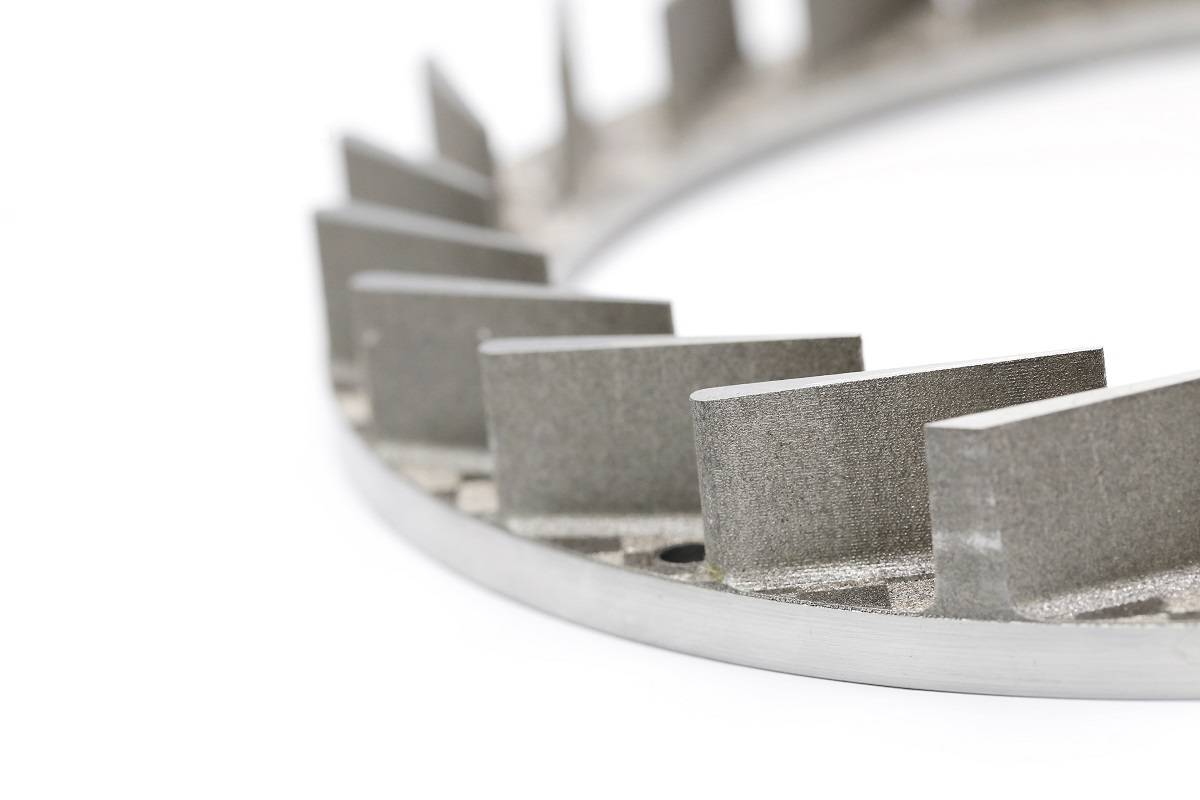 The first 3D-printed nozzle ring for marine turbochargers has been developed using exotic super metal alloy, enables the reconstruction of worn out components for shorter repair times. According to the technology’s developer, Tru-Marine, the premature erosion of nozzle rings has been a commonly reported problem, and in such situations, spare part replacements are often unavailable and come with long lead times at high costs. Read the rest here 12:19
The first 3D-printed nozzle ring for marine turbochargers has been developed using exotic super metal alloy, enables the reconstruction of worn out components for shorter repair times. According to the technology’s developer, Tru-Marine, the premature erosion of nozzle rings has been a commonly reported problem, and in such situations, spare part replacements are often unavailable and come with long lead times at high costs. Read the rest here 12:19
Marine power company’s decade-long project culminates with energy savings system launch
The major selling point? The system — using software developed by Nasa scientists — eliminates the need for the auxiliary engine — the one used to power internal operations other than propulsion — by drawing all the boat’s power from the main engine. Traditionally, the main engine only provides propulsion, Pagh said. “You want to talk about fuel savings? Turn off a motor,” Read the rest here Another article published: February 21, 2011 11:43
Fishing Vessel Engineering: An Easy Fix For Generator Caused Electrolysis – Ten photos
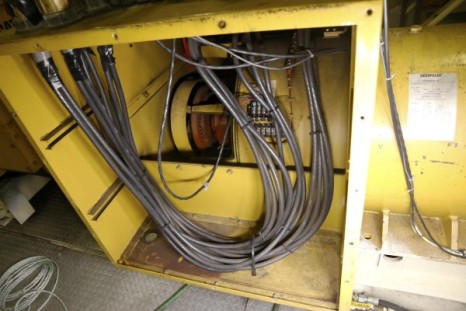 When you run one of your generators do your L.E.D. indicator lights twinkle? Do your digital read outs jump around or other types of lights flicker? Or maybe the zinc anodes on your hull and pipes are going away very quickly near one of your gen. sets. These are all possible signs that your generator is shocking the boat. Before you call the cavalry for another expensive house call, why not pull a cover off of your generator and inspect the wiring for some easy to spot issues that could be your trouble. Read more here 11:09
When you run one of your generators do your L.E.D. indicator lights twinkle? Do your digital read outs jump around or other types of lights flicker? Or maybe the zinc anodes on your hull and pipes are going away very quickly near one of your gen. sets. These are all possible signs that your generator is shocking the boat. Before you call the cavalry for another expensive house call, why not pull a cover off of your generator and inspect the wiring for some easy to spot issues that could be your trouble. Read more here 11:09
Fishing Vessel Engineering – Bearing Failure On Fishing Vessels
 Not every day in fishing boat engineering is a good day. When an engineer working a shift at a factory has a bad day, he goes home at the end of the shift and grabs a nice cold one. When a boat engineer has a bad day, the shift seems to never end and home is a place that takes days to get to and money for refreshments requires fish in the hold to pay for them. With that in mind I hope this fishing vessel engineering article series helps some of you to make it back to the dock with enough cash to pursue whatever makes you happy. Today’s disaster is,,, Read more here 17:22
Not every day in fishing boat engineering is a good day. When an engineer working a shift at a factory has a bad day, he goes home at the end of the shift and grabs a nice cold one. When a boat engineer has a bad day, the shift seems to never end and home is a place that takes days to get to and money for refreshments requires fish in the hold to pay for them. With that in mind I hope this fishing vessel engineering article series helps some of you to make it back to the dock with enough cash to pursue whatever makes you happy. Today’s disaster is,,, Read more here 17:22







